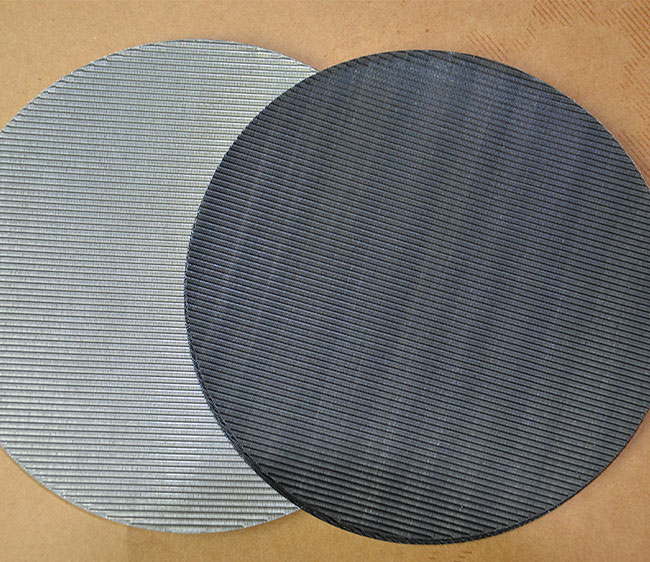dec . 03, 2024 18:43 Back to list
cheap post and rail fence with wire mesh
Building a Cheap Post and Rail Fence with Wire Mesh A Guide
When it comes to fencing options for your property, the combination of a post and rail fence with wire mesh is both economical and practical. Whether you are looking to secure an area for livestock, enhance your garden's aesthetics, or simply delineate your boundary, this type of fencing offers durability and cost-effectiveness. In this article, we will guide you through the process of constructing a cheap post and rail fence with wire mesh while highlighting its benefits.
Understanding the Materials
Before you embark on your fencing project, it's crucial to understand the materials involved. A post and rail fence typically consists of wooden posts set in the ground with horizontal rails connecting them. The wire mesh is then attached to provide additional security and to keep animals contained.
1. Posts You can choose from various wood types, including treated pine, cedar, or even recycled materials. Opting for treated wood can enhance the lifespan of your fence against rot and insect damage.
2. Rails The horizontal rails should match the posts in style and durability. You can use 2x4 boards for strength without breaking the bank.
3. Wire Mesh The wire mesh serves as the backbone of your fencing system. It's available in various sizes and materials; galvanized wire mesh is ideal for outdoor applications due to its resistance to rust.
4. Fasteners Galvanized nails or screws are preferable to withstand outdoor conditions. Additionally, use wire clips or staples to secure the wire mesh.
Planning Your Fence
The first step in building your fence is planning. Measure the area you want to enclose and decide on the height and spacing of the posts. A standard post and rail fence typically stands 4 to 5 feet tall, while posts are usually spaced 8–10 feet apart.
Tools You Will Need
To complete your project, gather the necessary tools, including
- Post hole digger or auger - Level - Hammer or nail gun - Wire cutter - Drill - Tape measure - Safety gloves and goggles
cheap post and rail fence with wire mesh

Step-by-Step Construction
1. Mark Your Layout Use stakes and string to outline the fence's perimeter. This will help you visualize the structure and ensure that your posts are spaced correctly.
2. Dig Post Holes Use a post hole digger or auger to create holes for the posts, ensuring they are at least 2 feet deep to provide stability.
3. Set the Posts Place the wooden posts in the holes and use a level to ensure they are straight. Backfill the holes with concrete or dirt, packing it tightly to secure the posts.
4. Attach the Rails Once the posts are secure and level, attach the horizontal rails between them using nails or screws. It's recommended to attach the top rail first, followed by the middle and bottom rails for stability.
5. Install the Wire Mesh Unroll the wire mesh along the fence line and cut it to length. Starting at one post, use wire clips or staples to attach the mesh to the posts and rails, pulling it tight to avoid sagging. Ensure the mesh is secured at the bottom to prevent animals from digging underneath.
6. Finishing Touches Trim any excess wire mesh and inspect the entire fence for stability. You may choose to paint or stain the wooden components for added protection and aesthetic appeal.
Benefits of a Post and Rail Fence with Wire Mesh
Building a post and rail fence with wire mesh is not only an economical choice, but it also provides a host of benefits. It offers visibility while still providing a physical barrier, making it ideal for both security and aesthetics. The wire mesh keeps animals, such as dogs and livestock, contained without obstructing views of your land.
Furthermore, this style of fencing requires minimal maintenance, particularly if weather-resistant materials are used. After the initial build, you might only need to check annually for any necessary repairs or touch-ups.
Conclusion
Constructing a cheap post and rail fence with wire mesh is a straightforward project that any DIY enthusiast can tackle. With a little planning, the right materials, and some basic tools, you can create a functional and attractive fencing solution that serves your property for years to come. This project will not only save you money but also provide you with a sense of accomplishment and pride in your handiwork. So roll up your sleeves, and get ready to transform your outdoor space!
share
-
CE Certified 250 Micron Stainless Steel Mesh | Precision & Durability
NewsAug.27,2025
-
CE Certified 250 Micron Stainless Steel Mesh for Precision & Durability
NewsAug.26,2025
-
CE Certified 250 Micron Stainless Steel Mesh for Precision & Durability
NewsAug.25,2025
-
Premium CE Certified Metal Fine Mesh for Precision & Safety
NewsAug.24,2025
-
Stainless Steel Wedge Wire Mesh: Durable, Precision Filtration
NewsAug.23,2025
-
CE Certified 250 Micron Stainless Steel Mesh for Precision Filtration
NewsAug.22,2025

